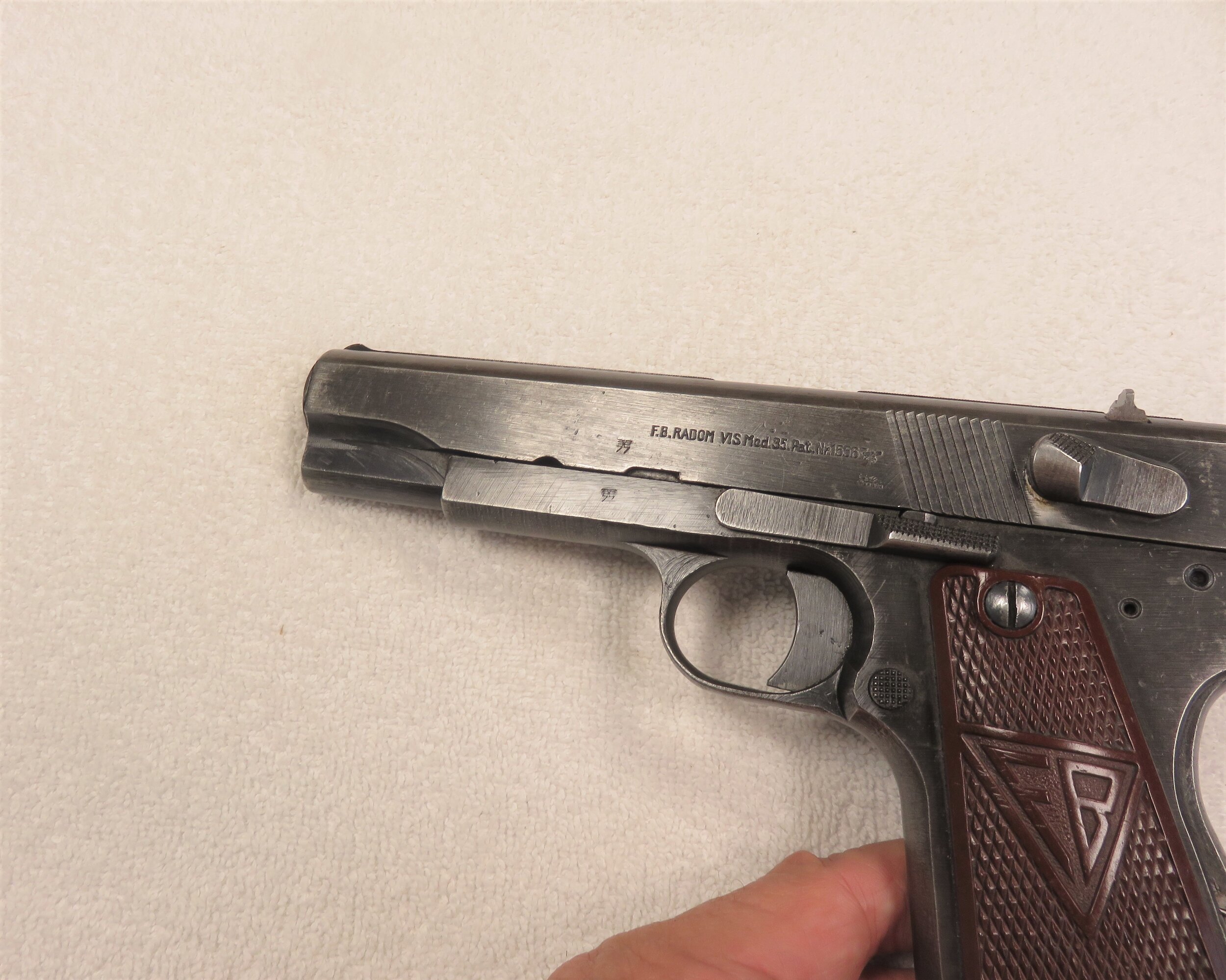

Also under German control, some design changes took place, including getting rid of the hammer release. Production under German control was of a lower standard, and as the war went on, continued to degrade. It can be recognized by a Polish eagle on the left of the side and with the inscription ' FB Radom VIS wz 35', with the year of manufacture and the Patent Number 15567. Original Radom production for the Polish army was extremely well made and finished.


The pistol weighs 37 ounces empty, plus its bulk makes it one of the most comfortable 9mm Parabellum pistols to shoot. Instead, it used a hammer release catch on the left rear of the slide which, after being pressed, retracted the firing pin into its housing and then tripping the sear allowing the hammer to fall on a loaded chamber in safety. A grip safety was fitted, although there was no manual safety catch. Another design change was the use of a recoil spring rod under the barrel replacing the barrel bushing of the colt design. It used a shaped cam similar to that used on the Browning HP-35. The VIS-35 used a modified Browning design which had the usual locking lugs on the barrel mating with grooves in the slide. Further trials followed, and in 1936, it was put into production as the VIS-35 at Radom. The result was a draw between the Skoda and Polish designs and, being patriotic, the adjudicators selected the Polish model. To fill this need, the Polish Army advertised a combat pistol competition in which many different entries were submitted including ones by Breda, Skoda, Mauser and two Polish engineers named Wilnewczyc and Skrzypinski.Trials were held in 1935. In the early 1930's, the newly formed Polish Army was in need of a standard combat pistol to replace Ng 30, a licensed-built Nagant M1895 revolver built by Radom, which by this time was somewhat elderly.


 0 kommentar(er)
0 kommentar(er)
